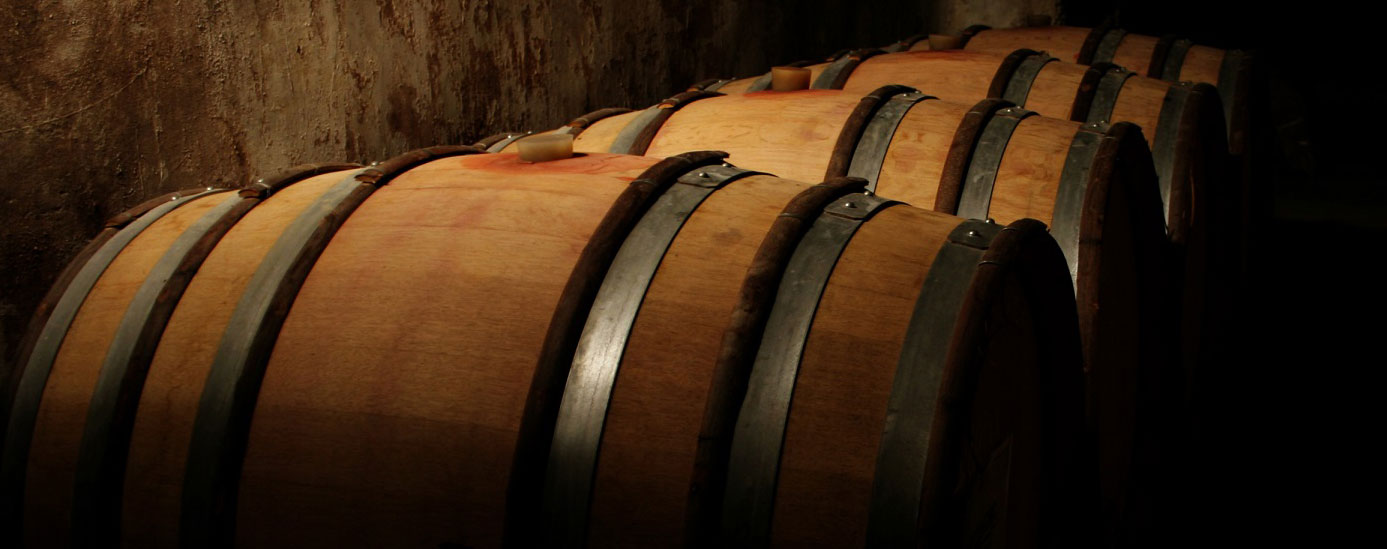- Staves are impermeable to gas
- High pressures between staves make them air-tight, but there are weak points
- A significant amount of oxygen transfer takes place by desorption of the gas contained in the oak when the barrel is filled
When wine is ageing in an oak barrel, how does the oxygen sneak in?
Most comes in the top when the stopper or bung is removed for procedures such as bâtonnage or topping up.
The wood doesn’t breathe?
Staves aren’t porous. A complete oak stave – typically 23-27mm thick – is impermeable to gas when in contact with liquid. Therefore, the micro-oxygenation attributed to oak barrels does not take place through the wood. “This impermeability is due both to the structure of the wood and to its interconnections,” according to researchers in Bordeaux.
What about the cracks where staves meet?
Yes, the quality of the contact between staves is important, and this depends on the roughness of the joining surfaces and the pressure on the join. The weak points of the barrel (where most oxygen transfer takes place) are found where there is low pressure (3 bar) between staves.
Researchers at the University of Bordeaux found there is great disparity depending on the position of the staves – with the weakest contact points in a barrel around the bung hole and in the middle of the staves, where they are most strongly curved. “The pressure between staves on the barrel head can reach more than 20 bar while on the body of the barrel it ranges from 4 bar at the centre of the stave to 14 bar at the ends,” they reported in an IVES (International Viticulture & Enology Society) paper.
The study’s permeameter measurements showed that a pressure of 24 bar applied between staves strongly limits the transfer of pure oxygen between the half-staves in the lab test. Reducing the applied pressure to 14 bar and 8 bar facilitates gas transfer due to reduced contact between the staves: after 5 days under these conditions, the dissolved oxygen concentration can reach 10mg/L. At an applied pressure of 3 bar between staves, the oxygen concentration can reach 40mg/L in 5 hours.
The researchers (Yang Qiu, Soizic Lacampagne, Marie Mirabel, Martine Mietton-Peuchot, and Rémy Ghidossi) also noted that the leak-tightness of the barrel head is ensured through the use of high pressures (25 to 30 bar between staves).
They suggest that coopers could modify hoop positioning to provide barrels with uniform pressure between staves across their length.
Is the bung another weak point?
This study found that gas transfer at the silicone bung (when it was in place) was very low compared to other areas of the barrel and represented only a few mg/L. Here, though, the type of bung and how it is used are important considerations.
Are there any other places where oxygen can sneak in?
The most interesting finding of the study, as far as I’m concerned, is that much of the oxygen transfer takes place by desorption of the gas contained in the oak.
The researchers say their results show that the desorption of the gas contained in the oak represents a substantial part (35-50%) of the 20-27mg/L a year total oxygen uptake by wines in barrels. “This phenomenon takes place concurrently with impregnation of the liquid in the oak during the first month. This impregnation is explained by the fact that the wine penetrates the vessel to a depth of up to 4mm in a few days (rapid impregnation phenomenon) and reaches 7mm after 1 month. A strong correlation has been observed between these impregnation kinetics and oxygen release by desorption. Hence, 10mg/L is added to the wine during the first month, which represents a very significant quantity,” the report says.
How do they know?
They used an innovative gas-liquid permeameter to measure oxygen transfers on both sides of oak samples. They measured O2 transferred through staves, O2 transferred between staves, O2 transferred at the bung-barrel interface, and O2 desorbed from the oak. They also measured the O2 consumed by compounds extracted from the oak and O2 consumed by the wine.
And they measured the forces exerted between staves on real barrels.
Where do we go from here?
Like most researchers, they say further research is needed. They wonder how the level of alcohol and different cleaning regimes affect oak impregnation and oxygen desorption from the oak.
Sourced from the research article: “Oxygen desorption and oxygen transfer through oak staves and oak stave gaps: an innovative permeameter” (OENO One).













.png)






